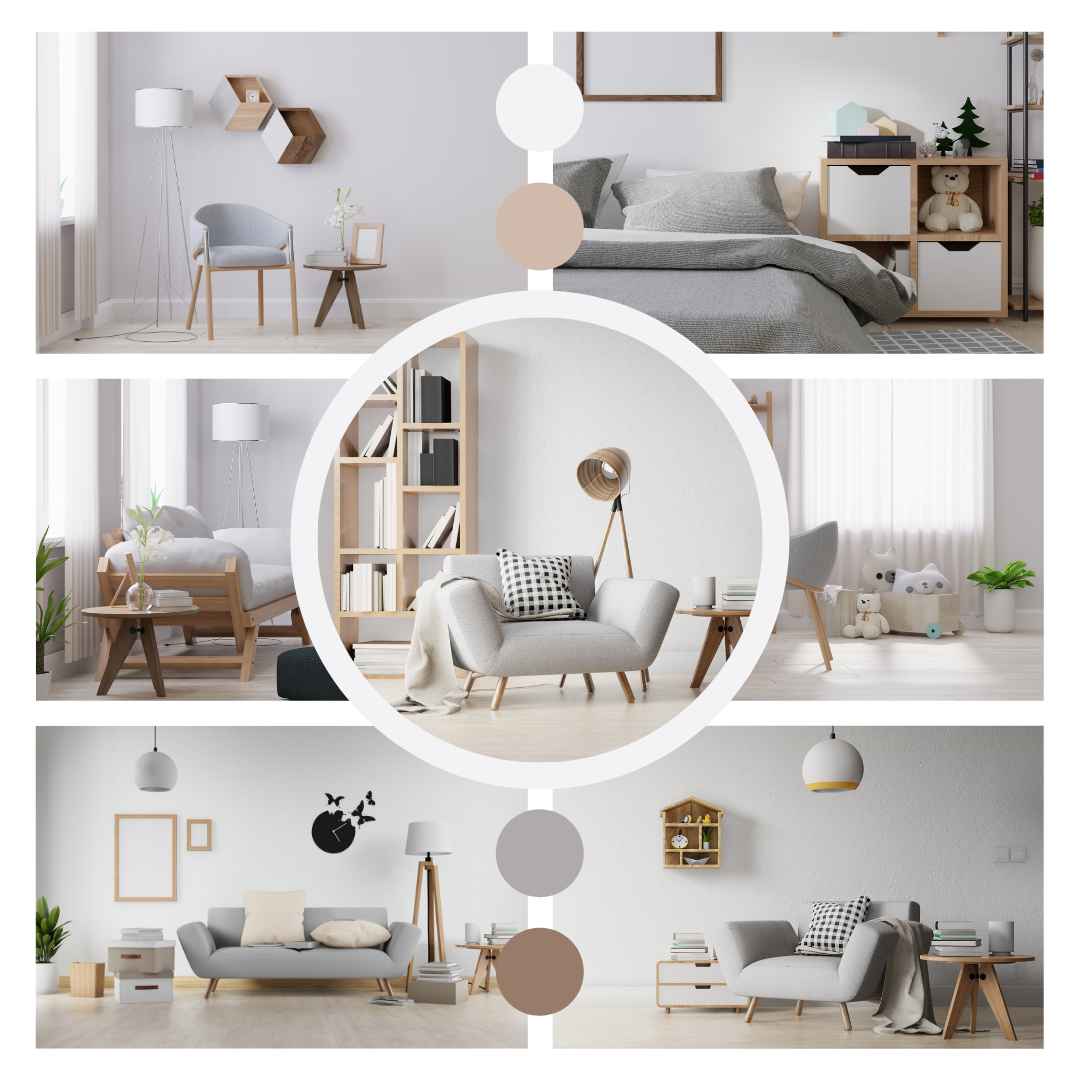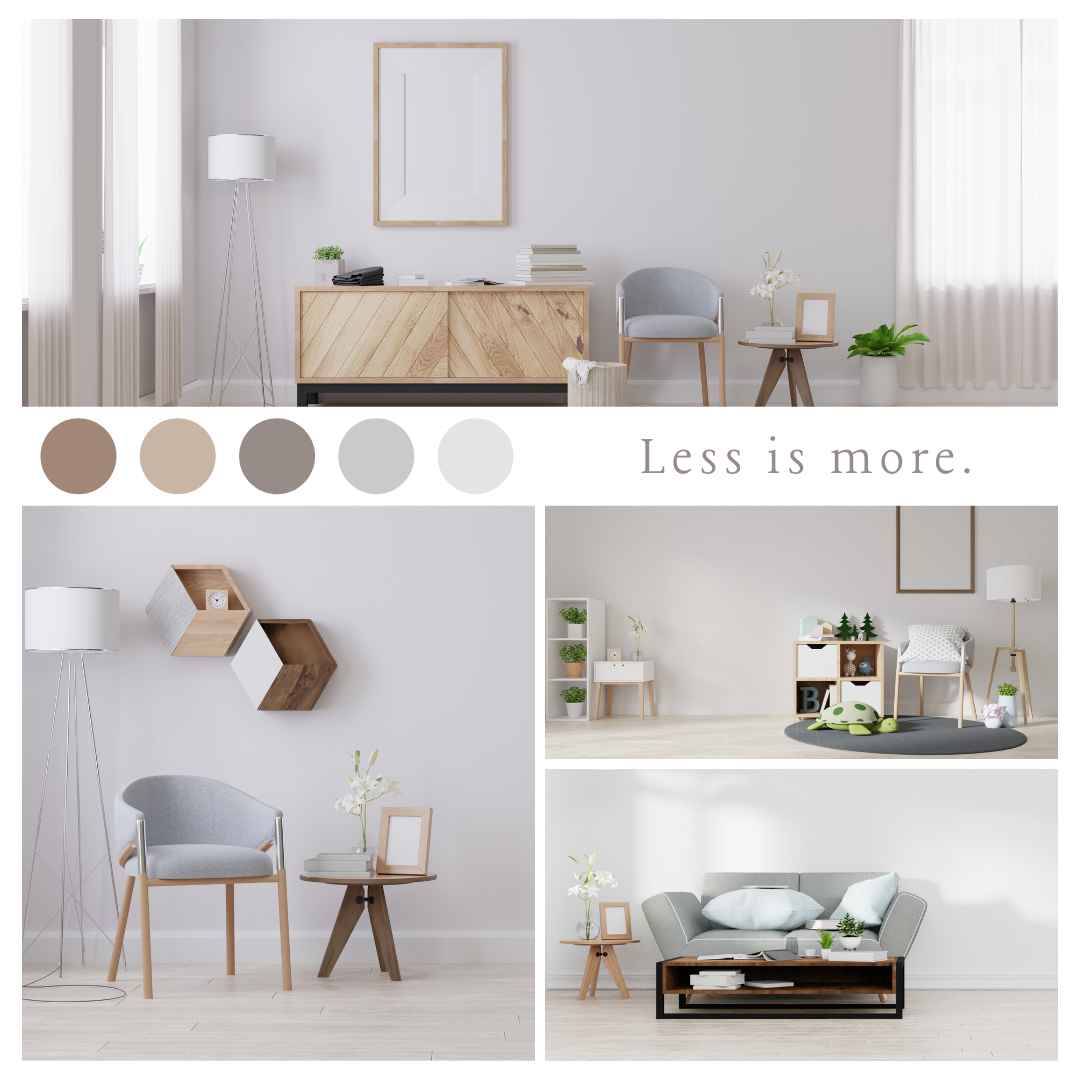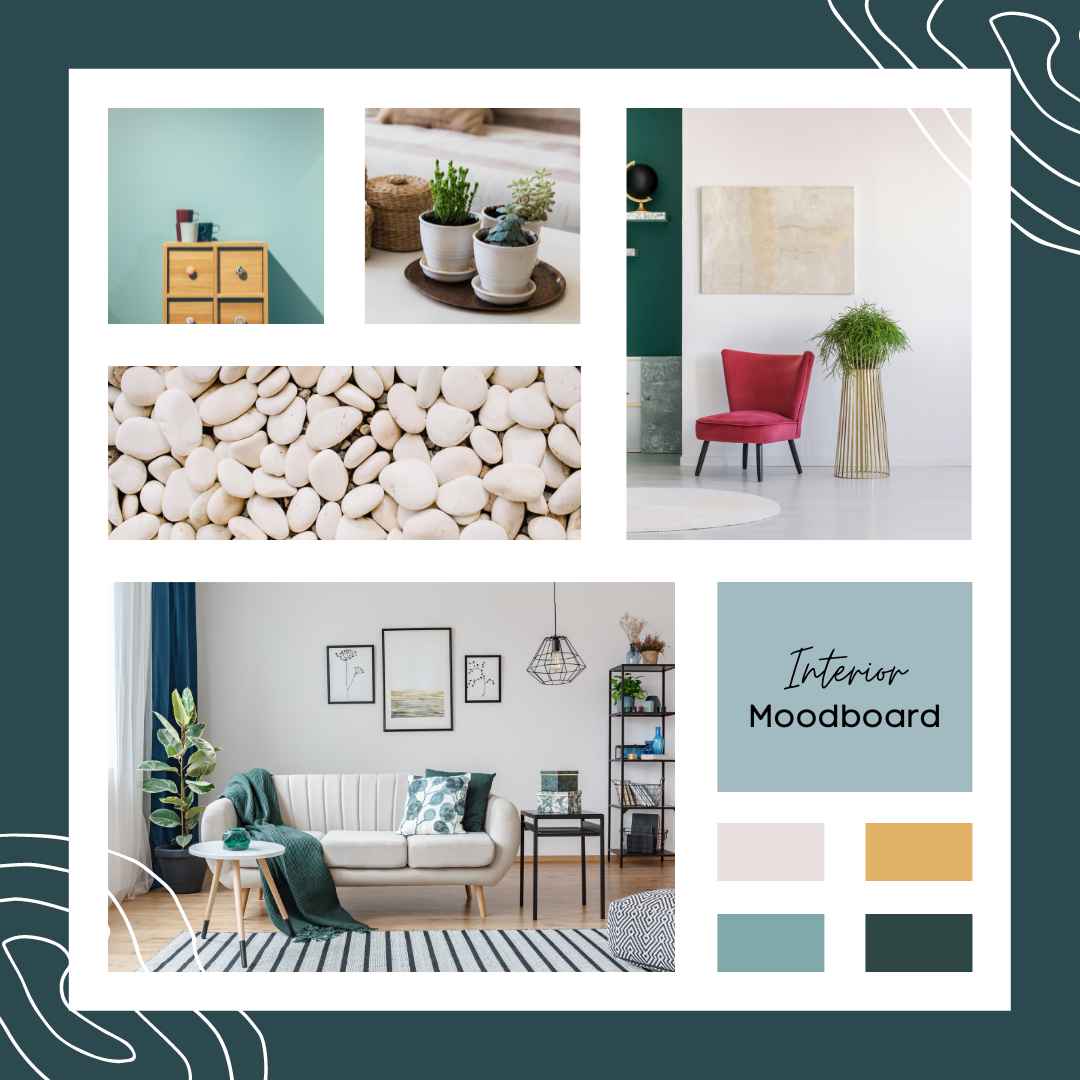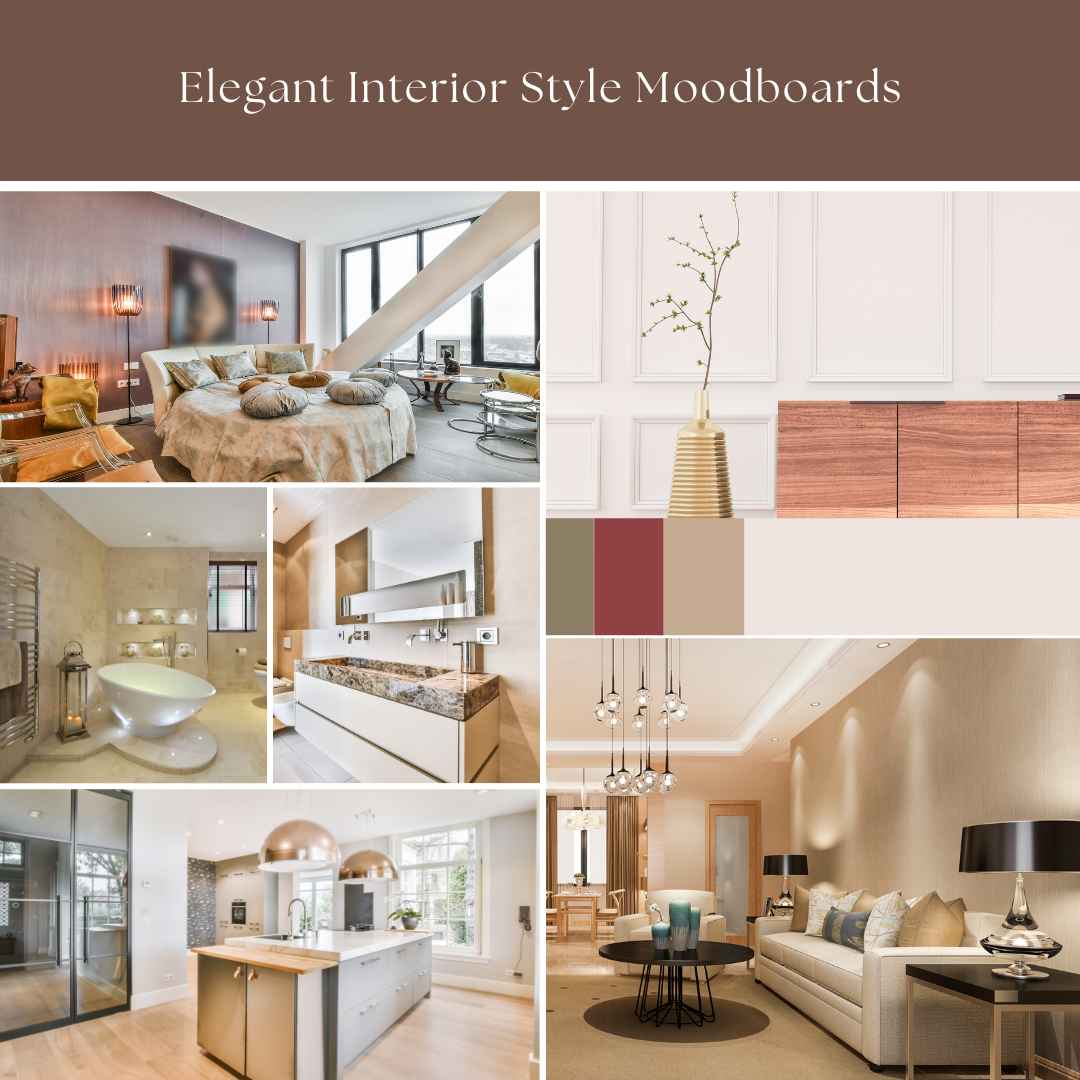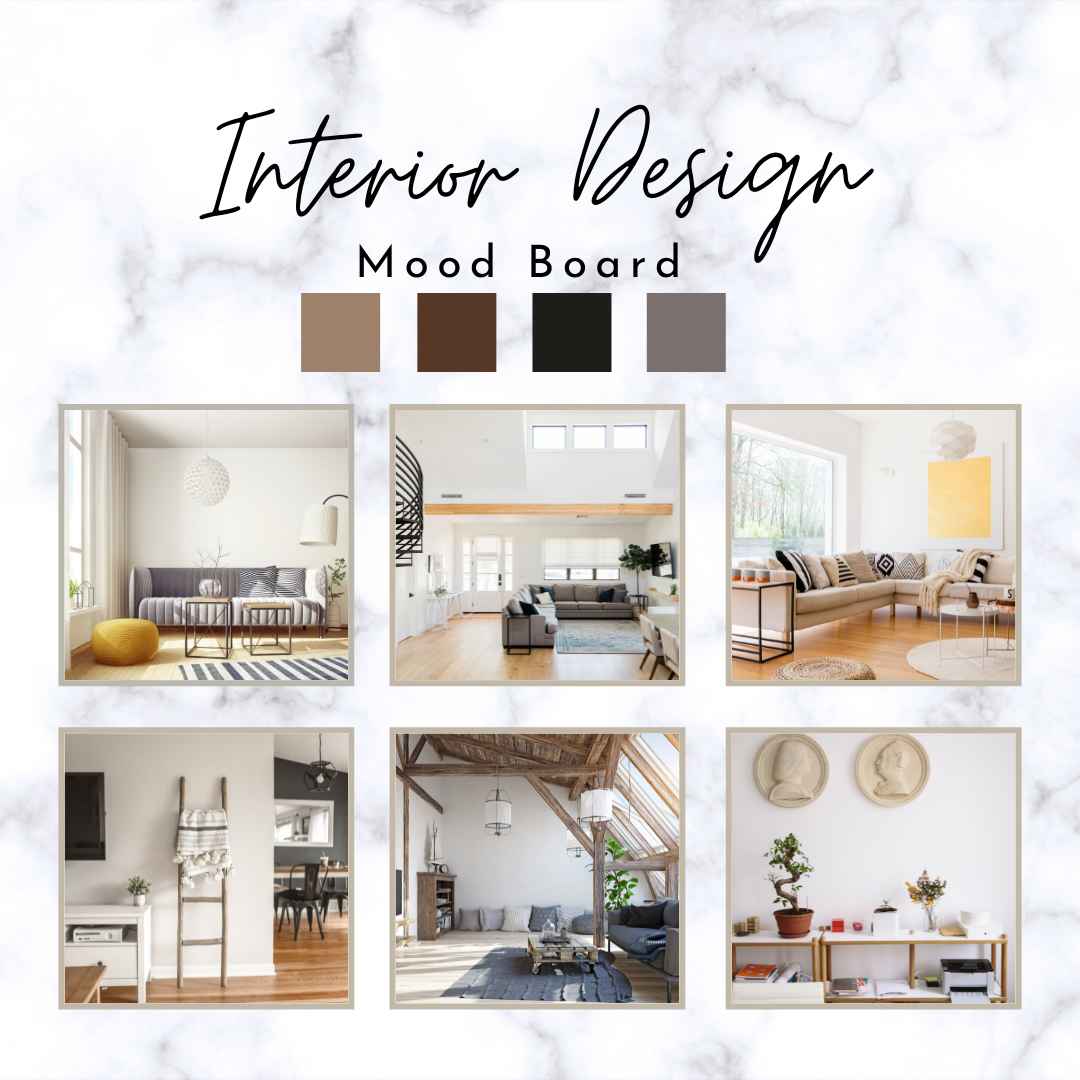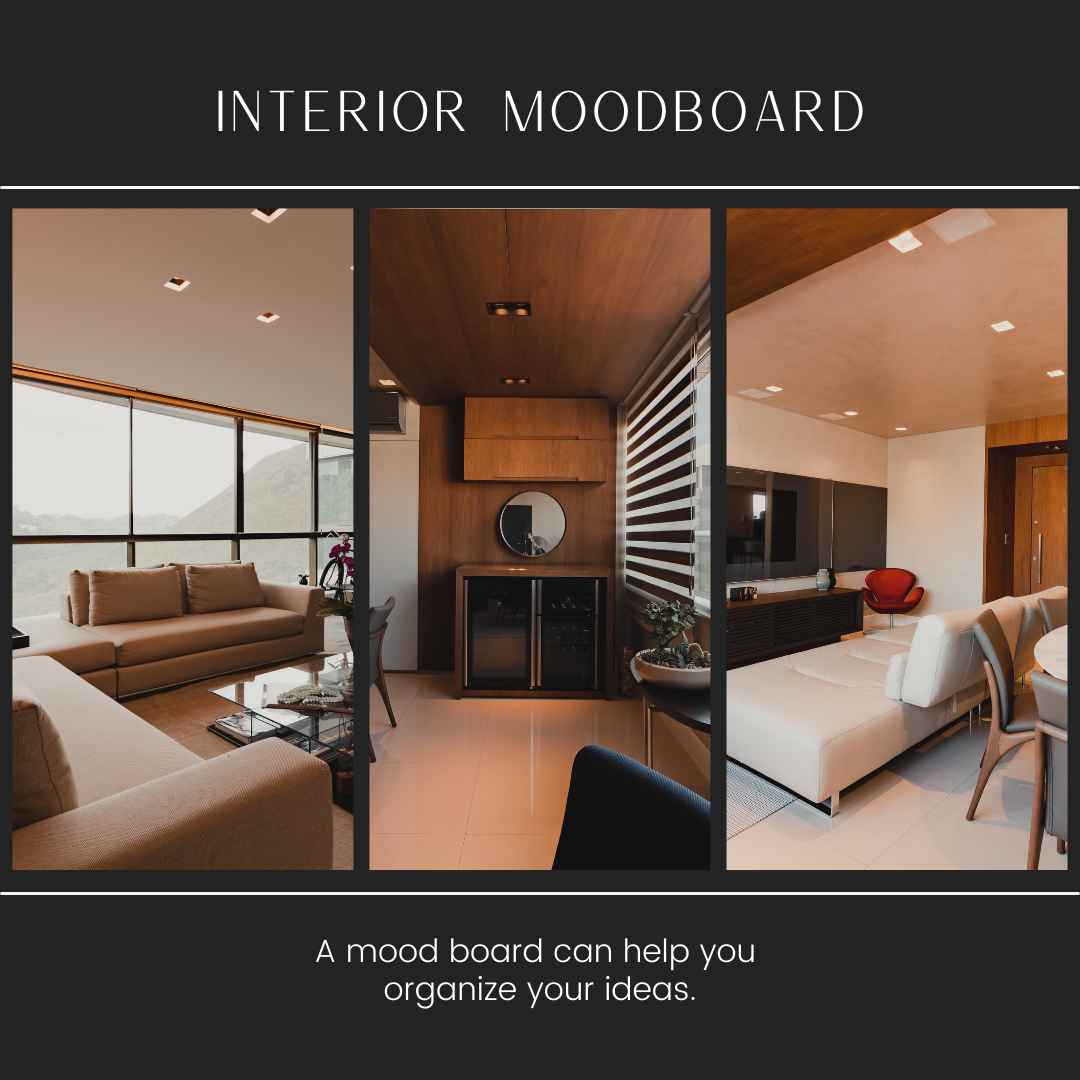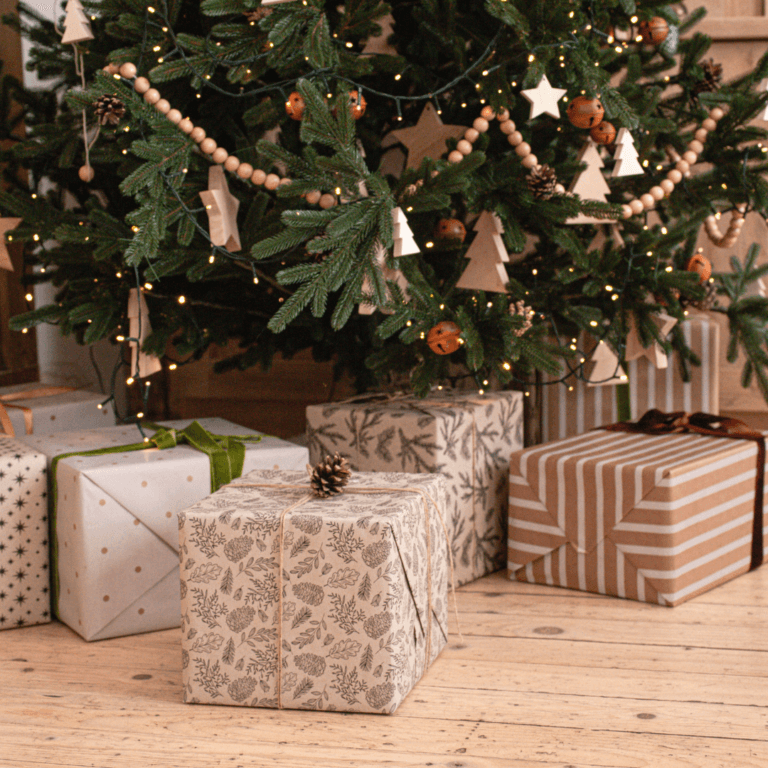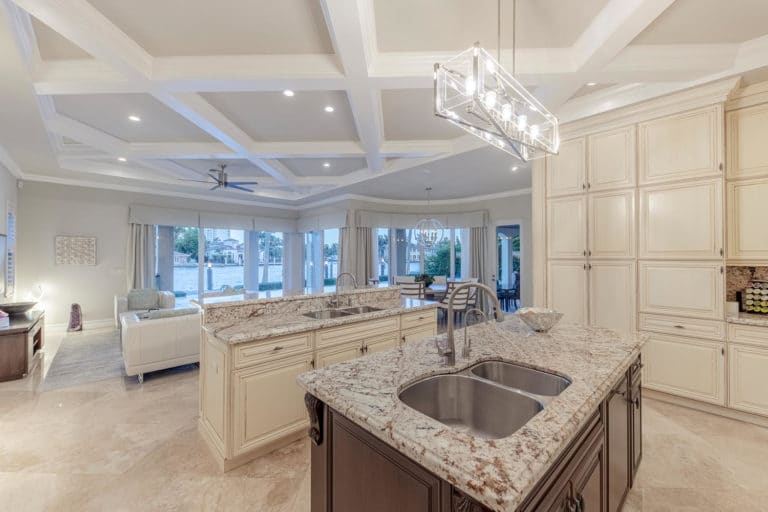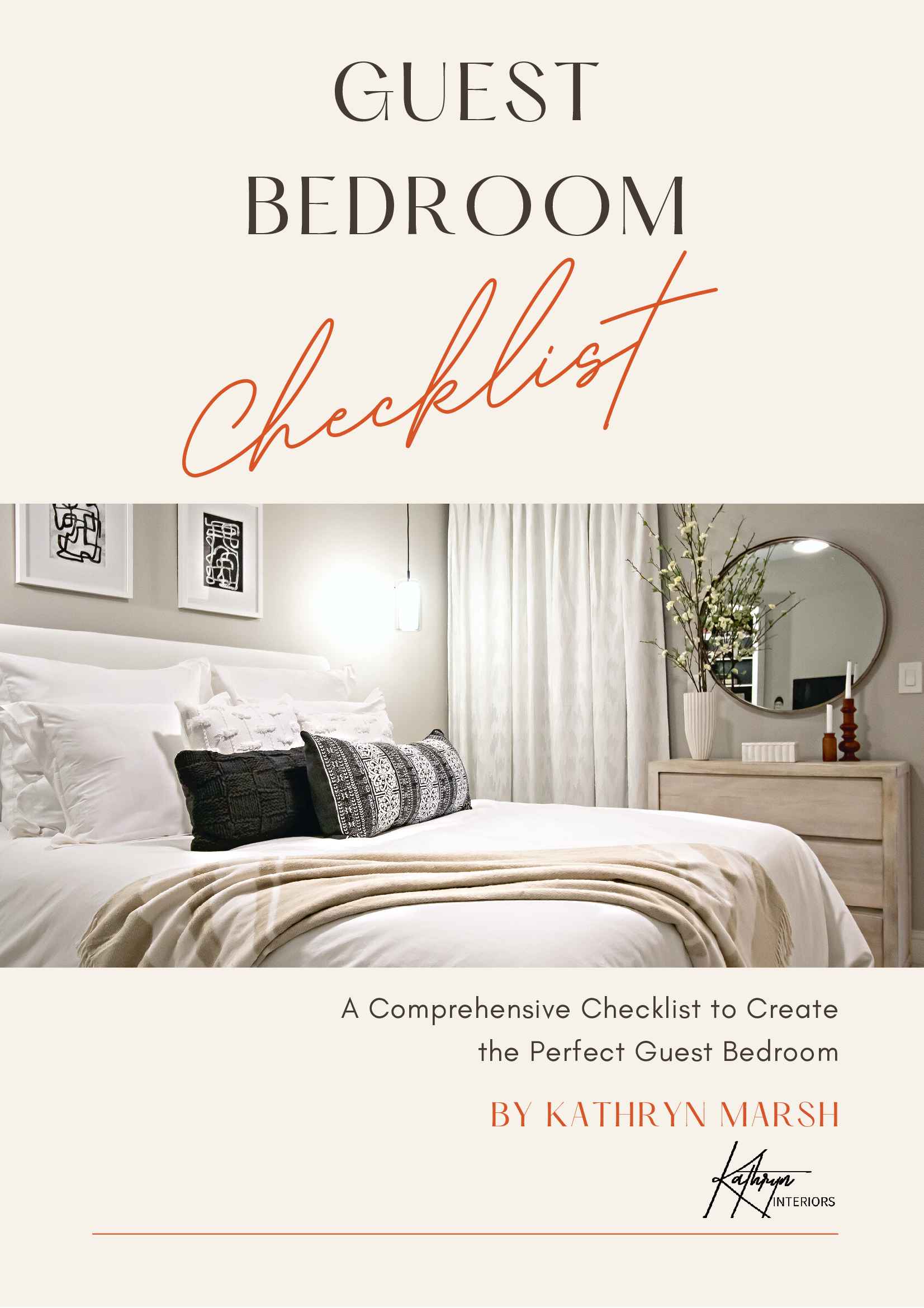An interior design mood board is a tool used by designers to help communicate their ideas to clients or contractors. It is a physical or digital collage of images, materials, colors, and textures that represents the overall feeling or atmosphere the designer is trying to create.
You can use mood boards for personal or professional projects. For example, you might create a mood board for your living room to help you figure out what style you want it to be. Or, an interior designer could create a mood board for a client’s office space to show them what the final product will look like.
Creating a mood board is a great way to get started on any design project. This technique will enable you or your interior design expert to figure out exactly what features you’ll need to obtain the desired look and feel of your space. Plus, it’s a fun way to get creative and experiment with different ideas!
If you’re stuck on where to start, there are plenty of interior design mood board examples and templates online that you can use for inspiration. Once you’ve found some inspiration, gather all your materials and get started!
What to include in your interior design mood board
- Colors: Include a range of colors that you are drawn to. Fabric swatches, paint chips, photographs, and so on can all be used as inspiration.
- Images: Find images that inspire you and help you convey the overall feeling you want to create in your space.
- Textures: Incorporate a variety of textures to add interest and dimension to your board.
- Patterns: Use patterns to inject some fun and personality into your design.
- Furniture: Include images of furniture pieces that you love or would like to incorporate into your space.
- Accessories: Add finishing touches with images of accessories you envision in your space.
And as we at Kathryn Interiors always say, remember that less is more.
Three easy tools to create interior design mood boards
As interior designers, one of the essential tools in our arsenal is a mood board. Mood boards help us capture the overall feel and style of a room and can be incredibly helpful in the design process and communication with our clients.If you want to try and make your own interior design mood board, there are several software options available online to help you carry out the task. In this article, we’ll look at three of the most popular software programs.
Canva
Canva is a widely used design tool with a simple and intuitive user interface. You can design unique mood board layouts using a variety of ready-made templates in a matter of minutes. This software allows you to add photos, text and shapes to your mood board in order to bring your concept to reality.
PicMonkey
PicMonkey is another great option for creating mood boards. With the help of their collage maker, you may produce lovely, professional-looking mood boards in no time. You can also add filters and effects to your images to further customize your mood board.
Adobe Photoshop
Adobe Photoshop is a more advanced option for creating mood boards, but it can be a great tool to use if you’re familiar with the software. With Photoshop, you have complete control over the look and feel of your mood board and can create something truly unique.
Creating mood boards is an essential part of the interior design process, and with the help of the right software, it can be easy and fun. So, if you want to surprise your interior designer with an idea for a project, get started and see how design mood boards can help you make your vision a reality.
4 steps to get started
1. Gather inspiration
Start by collecting images, fabric swatches, paint samples, and anything else that catches your eye. Pinterest is a great place to start, but you can also tear out pages from magazines or print out images online.
2. Sort your inspiration
Once you have a good amount of inspiring pieces, it’s time to start sorting them into categories. This will help you see which elements you’re drawn to most and begin to narrow down your vision.
3. Create your mood board
There are a few different ways you can do this, but one easy way is to create a collage on a large piece of poster board. You can also create a digital mood board using the online tools mentioned above.
4. Use your mood board as a guide
Once your mood board is complete, it’s time to start putting your plan into action! Use it as a guide when looking for furniture and decor, painting your walls, and more.
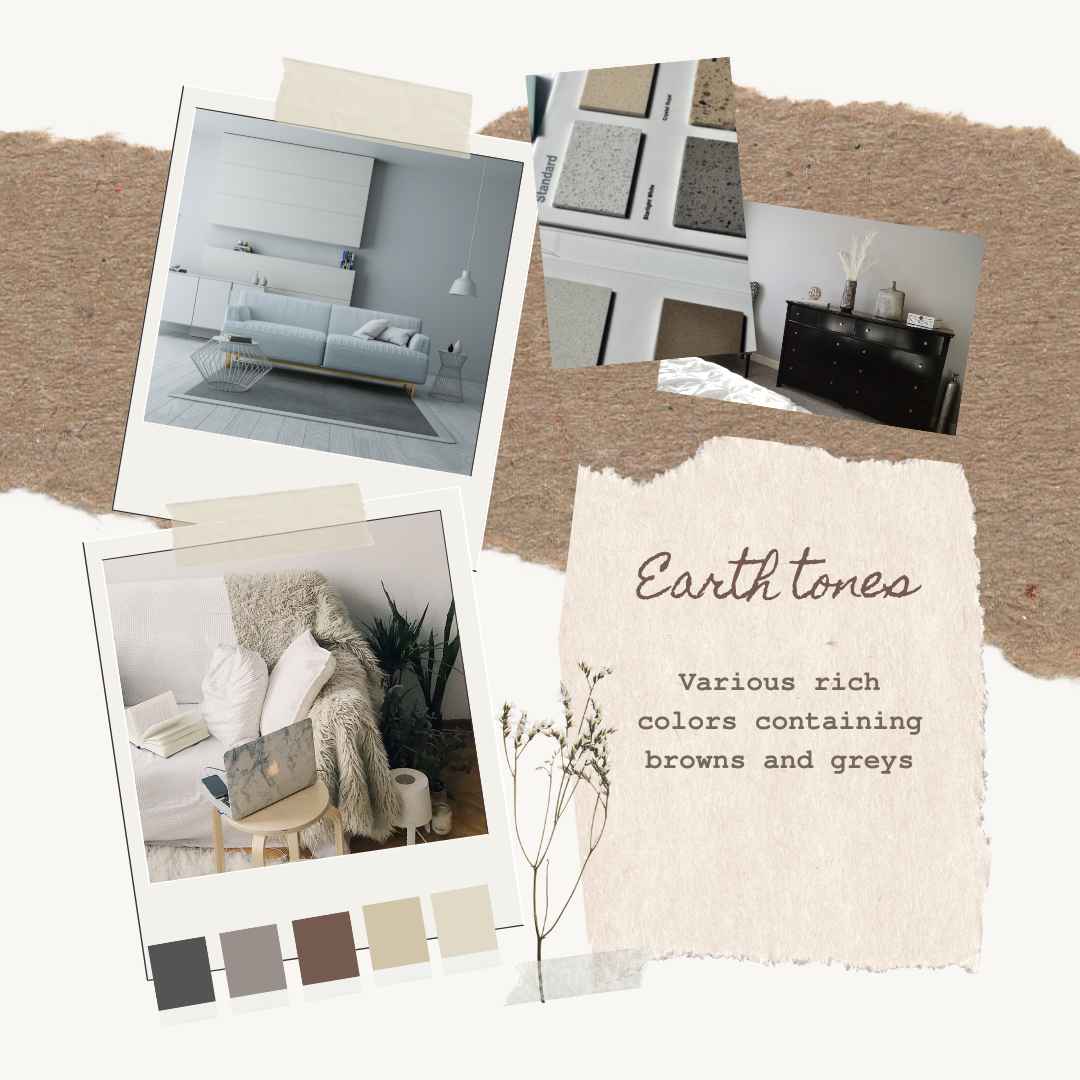
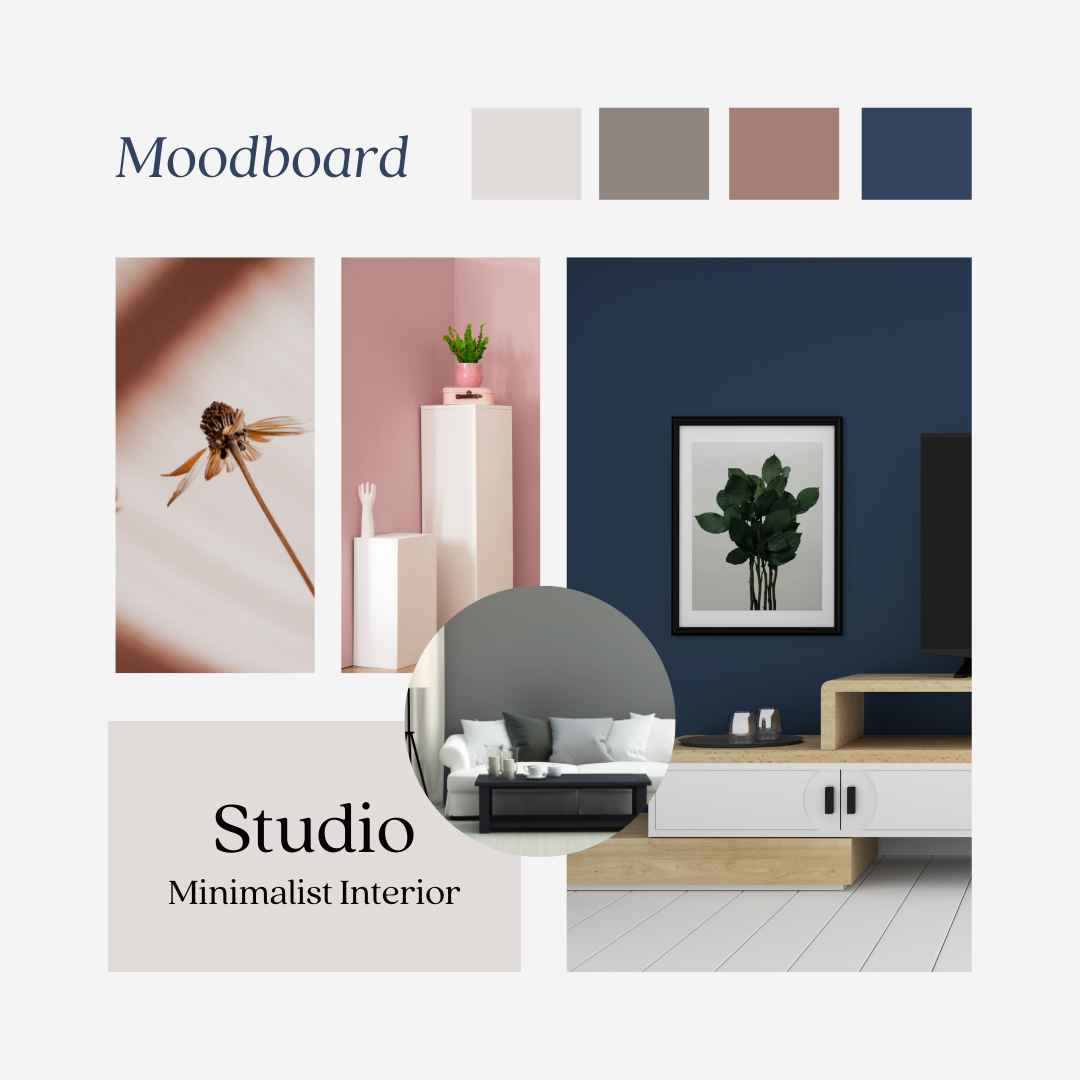
Types of interior design mood boards
There are various types of interior design mood boards, each with its own unique purpose and style. Here are four of the most popular types of mood boards used by interior designers:
Inspiration Boards
As the name suggests, inspiration boards are designed to represent the designer’s inspiration for a particular project visually. These boards can be created using various materials, such as fabric swatches, paint samples, photographs, and magazine tear-outs.
Collage Boards
Collage boards are similar to inspiration boards, but they tend to focus on a specific element or theme. For example, a designer may create a collage board that highlights a certain color scheme or one that only contains pictures of nature.
Mood Boards
Mood boards are designed to capture the overall feeling or atmosphere that the designer wants to create in a space. Interior designers will typically use a mix of images, textures, and colors.
Concept Boards
Concept boards are the most specific type of interior design mood boards, as they convey a particular concept or idea. For example, a concept board for a children’s bedroom might have images of playful animals and bright colors, while a concept board for a formal space might include pictures of sophisticated furniture and neutral tones.
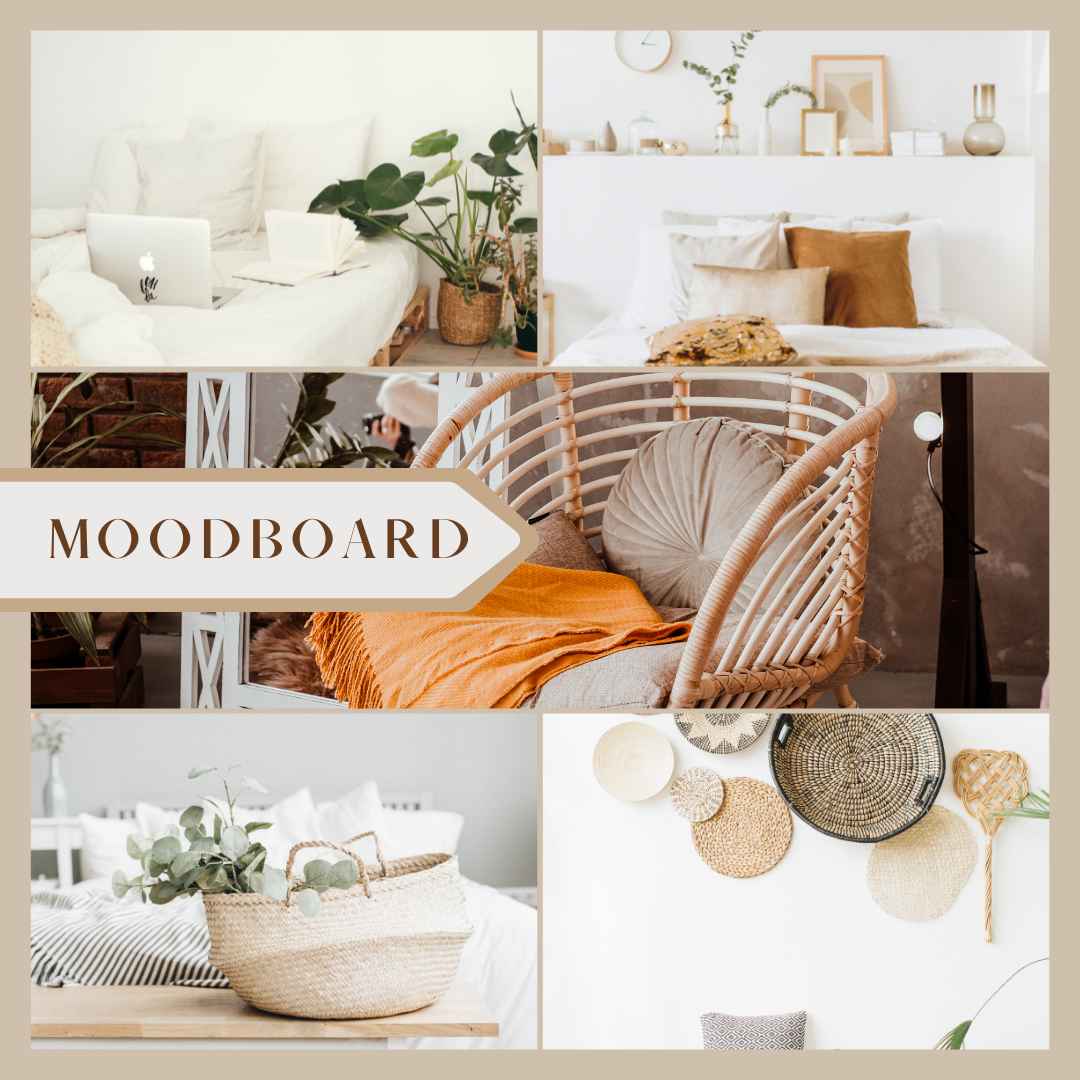

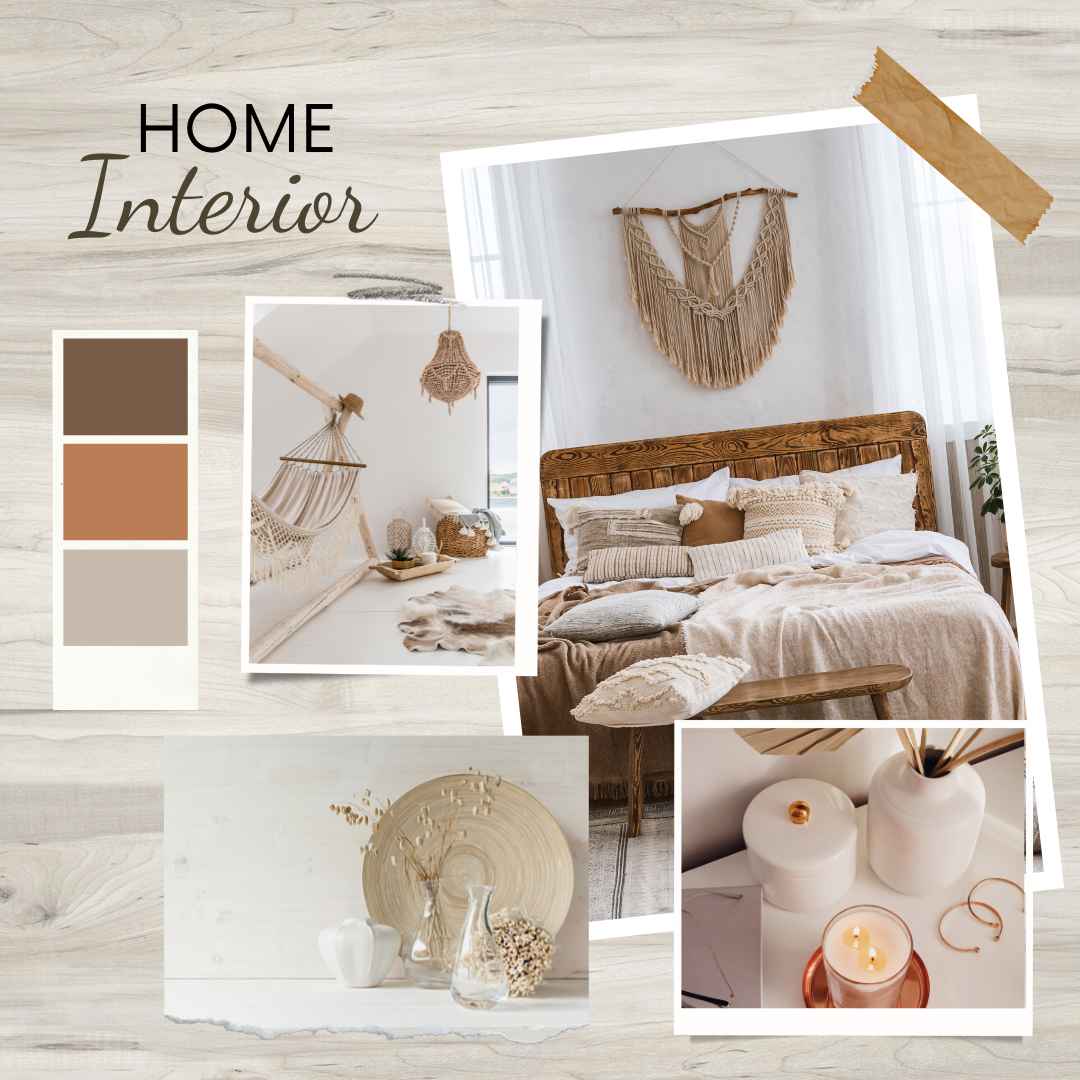
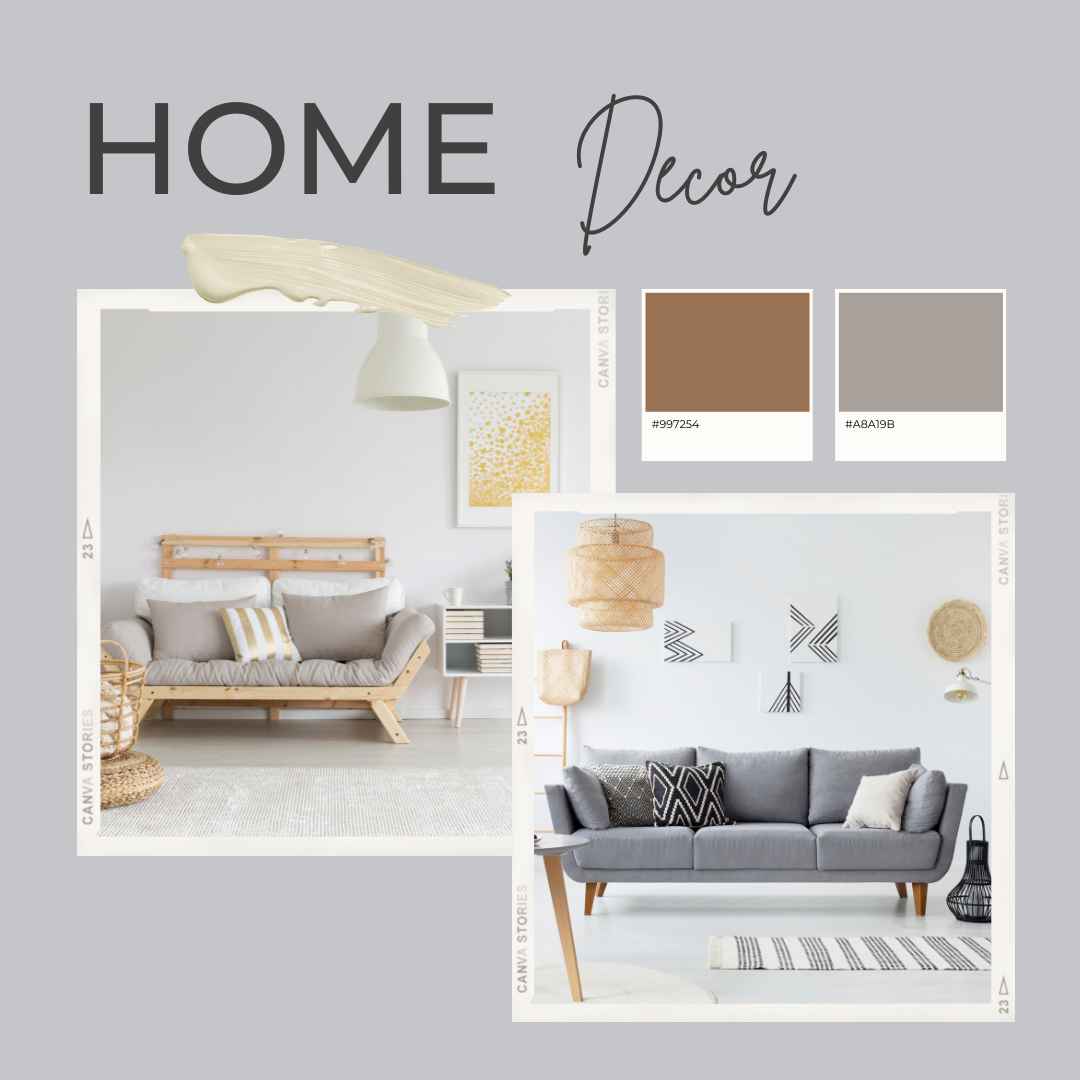
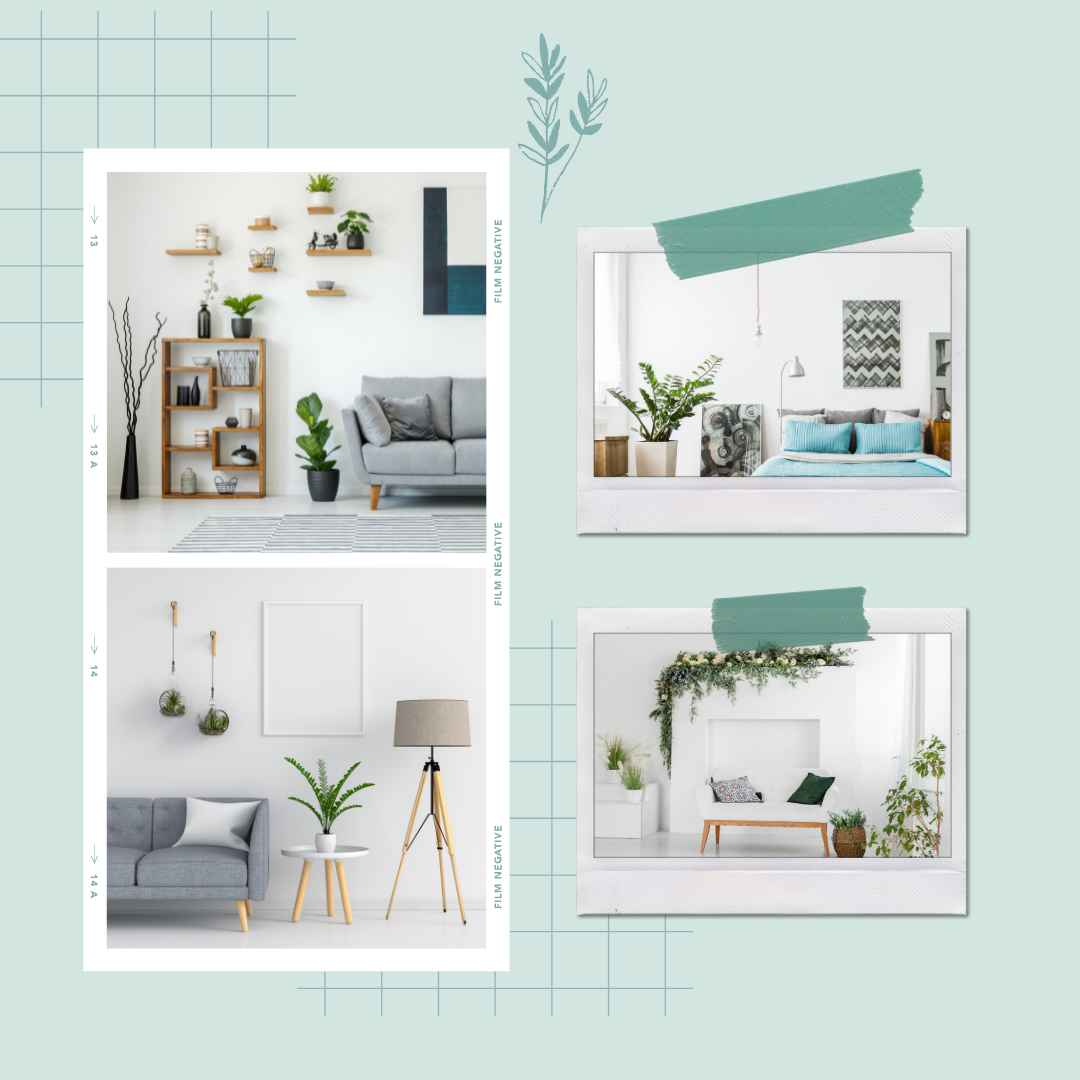
Conclusion
If you’re looking to create a certain mood or atmosphere in your home, then an interior designer is the expert you need. Interior designers have access to a wide range of resources that can help create a unique and stylish look for your home. They are experienced in working with different materials and can help you choose the right ones for your project. Finally, interior designers can offer valuable advice and suggestions based on their experience and knowledge of current trends. Trusting your interior designer to create a mood board is a smart way to ensure that your house looks its best.
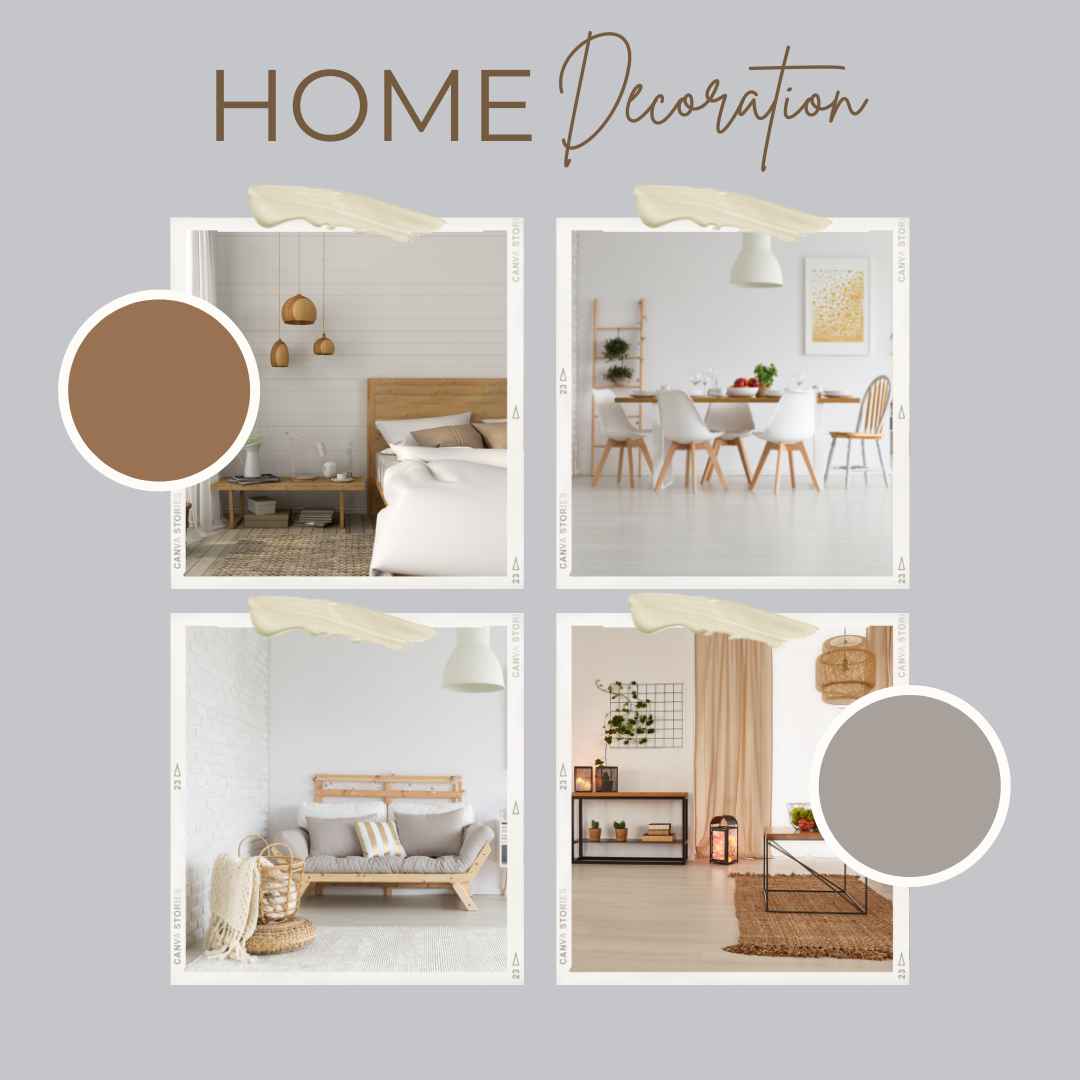
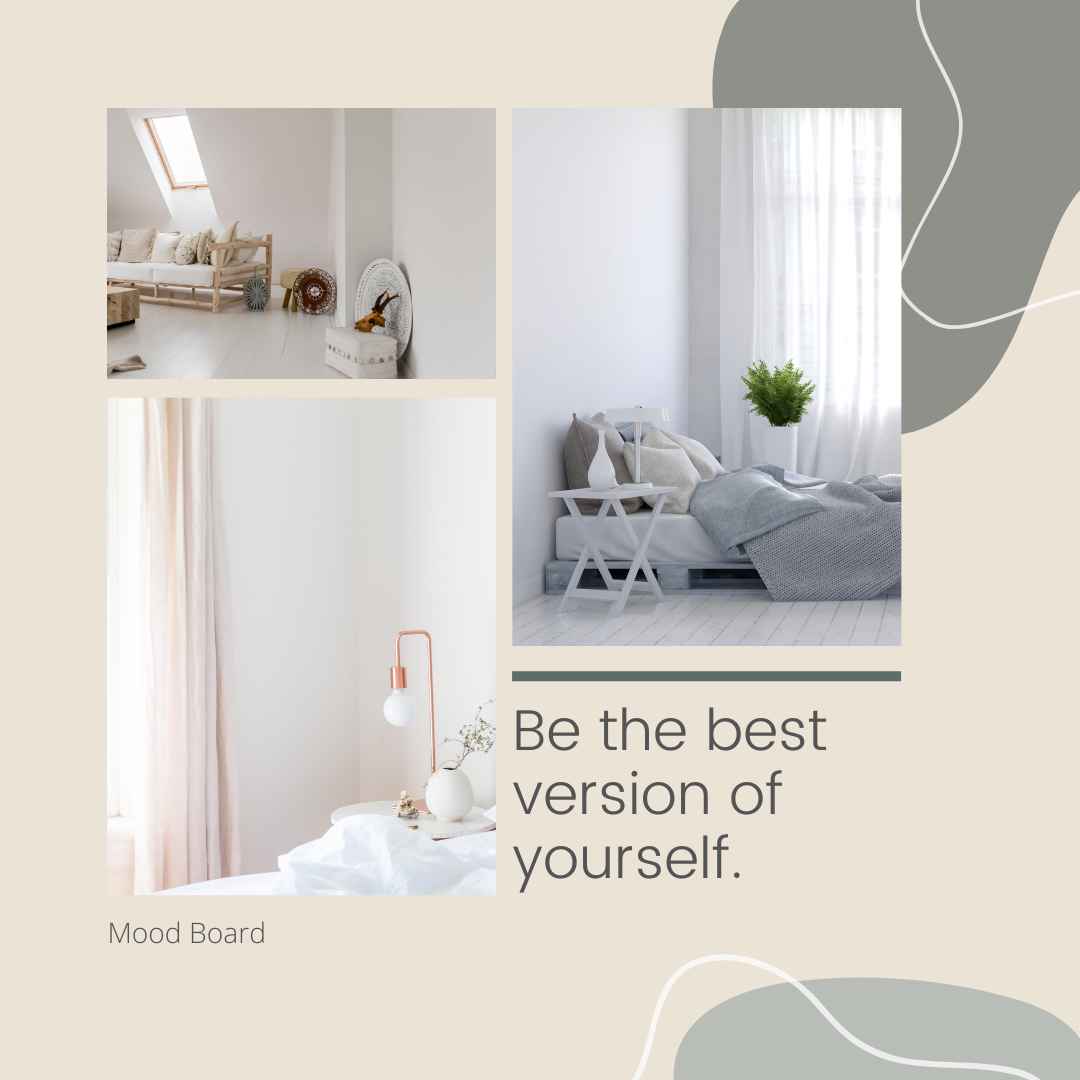
All images credit go to Canva

Hi, I'm Kathy!
I am an expert color consultant with over 30 years of experience in interior and fashion design. I help both residential and commercial clients create unique looks for their homes and businesses.
Clients often come to me seeking sharp attention to detail, reliable work, and an excellent sense of design--all of which I pride myself on delivering.
